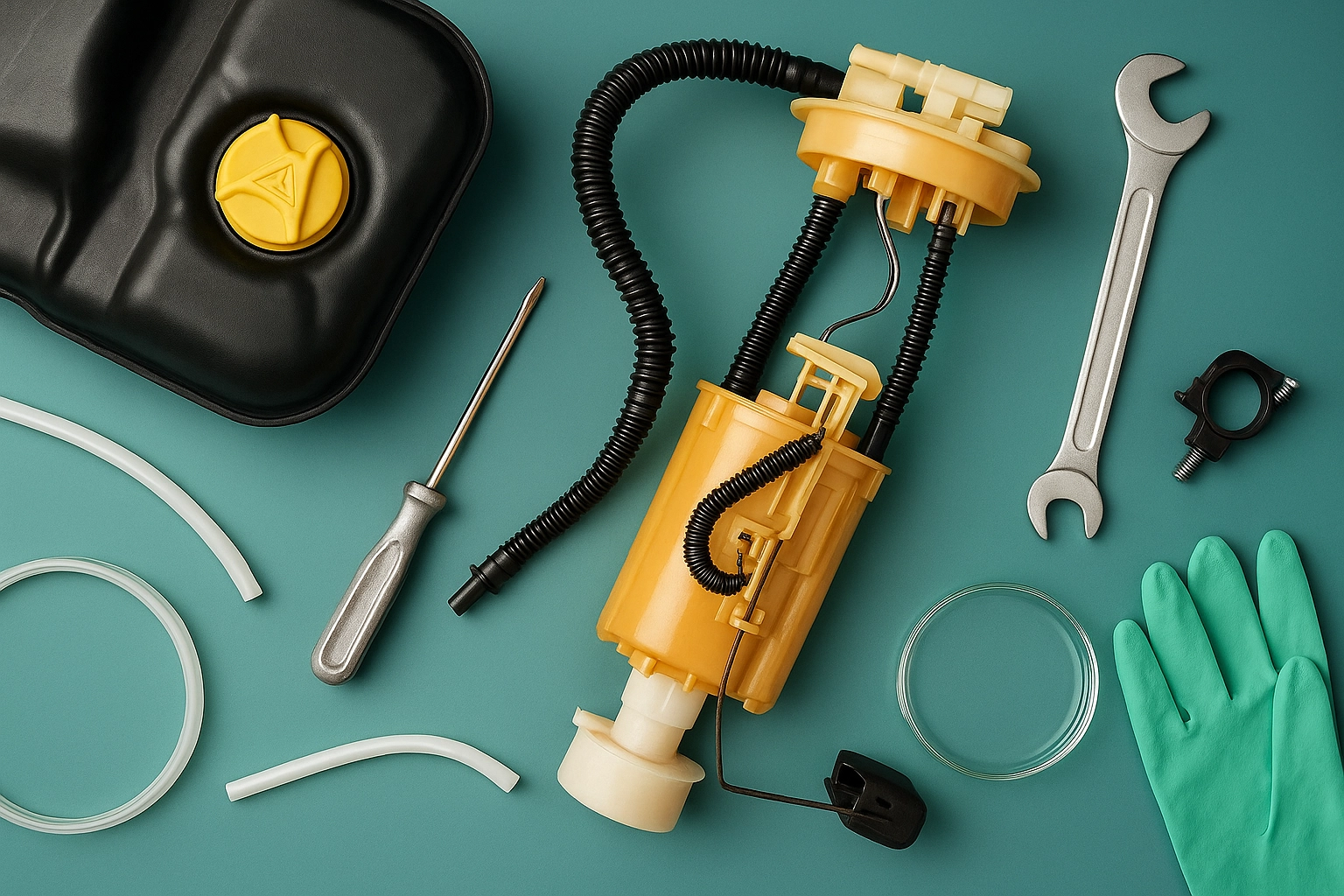ASTM D8148 Plastic Fuel Tank Permeation Test
The ASTM D8148 test method is a critical procedure used to evaluate the permeability of plastic fuel tanks to various hydrocarbons, including gasoline and diesel. This test ensures that fuel tanks meet stringent durability standards necessary for safe operation in automotive applications. The testing process simulates real-world conditions to determine if the material can withstand exposure to fuel vapors without degradation.
The ASTM D8148 method is widely recognized for its precision and reliability, making it an essential component of quality assurance programs for manufacturers of automotive fuel systems. By conducting this test, companies ensure compliance with industry standards and maintain consumer safety by preventing leaks that could lead to environmental pollution or operational failures.
The test involves placing the plastic fuel tank specimen in a chamber where it is exposed to hydrocarbon vapors under controlled temperature and pressure conditions. Over time, the permeation rate of these gases through the material is measured using sensitive analytical instruments. This data provides valuable insights into the performance characteristics of different materials, allowing for informed decisions during product development.
One key aspect of ASTM D8148 testing is the selection of appropriate hydrocarbon vapors based on the intended fuel type (gasoline or diesel). The choice of gas influences both the duration and intensity of exposure required to accurately simulate realistic conditions. Additionally, temperature settings play a crucial role in replicating environmental factors that might affect permeability.
Preparation steps prior to testing are equally important; they include cleaning the specimens thoroughly to remove any contaminants or residues which could interfere with accurate measurements. Specimens must also be conditioned according to specified temperature and humidity levels to ensure consistency across tests.
The ASTM D8148 standard provides detailed instructions on how to perform the test, including specific apparatus requirements such as permeation chambers, gas delivery systems, and analytical equipment used for measuring permeated hydrocarbon amounts. Compliance with these guidelines ensures consistent results that are comparable between laboratories worldwide.
Results from ASTM D8148 testing typically include quantification of the amount of fuel vapor that has passed through the specimen over a given period. These values are presented alongside other relevant parameters like temperature and pressure conditions during testing, helping manufacturers assess material performance under various environmental scenarios.
Applied Standards
| Standard Code | Description |
|---|---|
| ASTM D8148-19 | This standard specifies the procedure for determining the permeability of plastic fuel tanks to hydrocarbons. |
| ISO 17206:2015(E) | An international equivalent covering similar aspects but with additional focus on specific types of polymers used in automotive applications. |
| Parameter | Description |
|---|---|
| Hydrocarbon Vapor Type | Selects between gasoline or diesel vapor depending on the fuel type being tested. |
| Exposure Time | Varies based on specimen size and expected permeability rate, usually ranging from 24 hours to several days. |
Benefits
- Ensures compliance with stringent automotive industry standards.
- Promotes safer and more reliable automotive fuel systems.
- Aids in selecting optimal materials for new product designs.
- Reduces risks associated with leaks leading to environmental damage or operational issues.
Customer Impact and Satisfaction
The ASTM D8148 Plastic Fuel Tank Permeation Test significantly enhances customer satisfaction by delivering high-quality automotive fuel systems that are durable, safe, and reliable. By ensuring compliance with industry standards through rigorous testing processes like this one, manufacturers can build trust among consumers who rely on these products for daily use.
Customers benefit from reduced maintenance costs due to longer-lasting materials, lower insurance premiums resulting from decreased risk of accidents caused by fuel leaks, and overall peace of mind knowing that their vehicles meet strict safety criteria. This aligns closely with the goals set forth in various global regulations concerning vehicle emissions and environmental protection.





